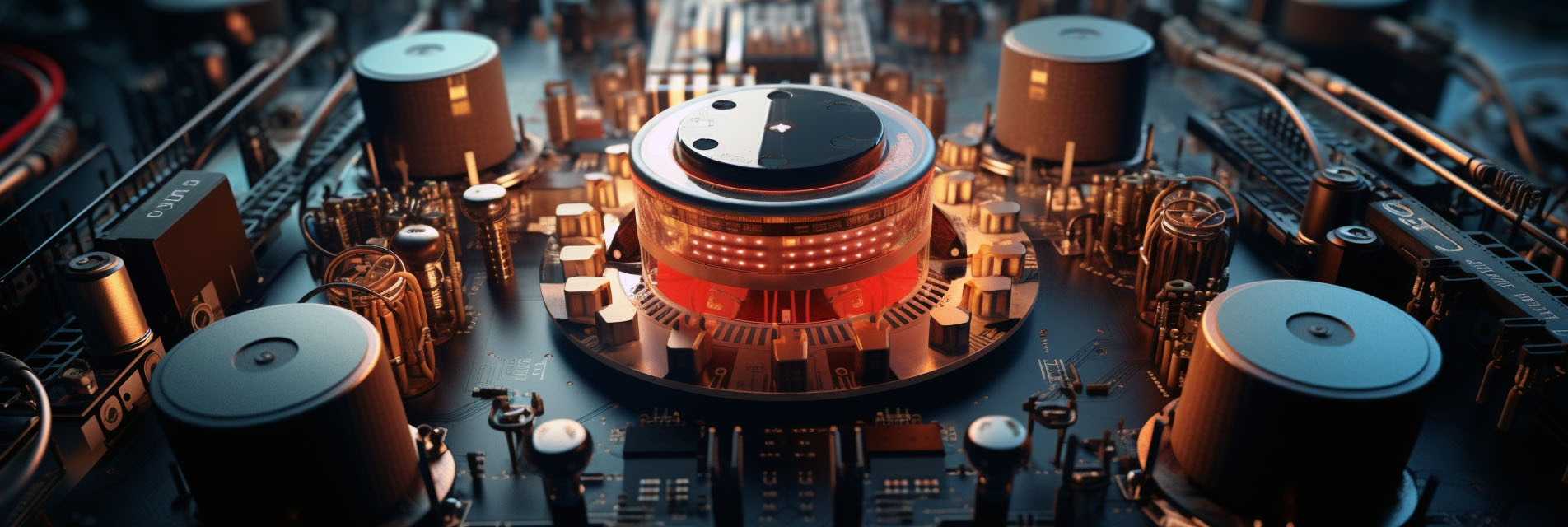Capacitor

A capacitor is a passive electronic component that stores electrical energy in an electric field. It consists of two conductive plates separated by an insulating material known as a dielectric. When a voltage is applied across the plates, an electric field is generated, and electrical energy is stored in the field. Capacitors are widely used in electronic circuits for various purposes, such as filtering, energy storage, and signal coupling.
The ability of a capacitor to store energy is measured by its capacitance, which is expressed in farads (F). The capacitance value depends on the surface area of the plates, the distance between them, and the properties of the dielectric material. In practice, capacitors come in a wide range of capacitance values, from picofarads (pF) to millifarads (mF), and they can be made from various materials like ceramic, tantalum, and aluminum electrolytic.
Capacitors serve multiple functions in electronic circuits. One of the most common uses is in power supply filtering, where capacitors smooth out fluctuations in the voltage, providing a stable power source for the circuit. They are also used in coupling and decoupling applications to isolate different parts of a circuit and to transfer signals from one stage to another without transferring DC voltage. In timing circuits, capacitors are used in conjunction with resistors to create delays and oscillations.
Capacitors also find applications in more specialized areas. For example, they are used in tuning circuits to select specific frequencies in radios and televisions. In motors and transformers, capacitors improve efficiency and power factor. In energy storage systems, like uninterruptible power supplies (UPS), capacitors store energy for short-term release.
However, capacitors are not without limitations. They have a maximum voltage rating, beyond which the dielectric can break down, leading to failure. Some types of capacitors, like electrolytic capacitors, are polarized, meaning they have a positive and a negative terminal and must be connected correctly to function. Capacitors also have parasitic elements like equivalent series resistance (ESR) and equivalent series inductance (ESL), which can affect their performance in high-frequency applications.